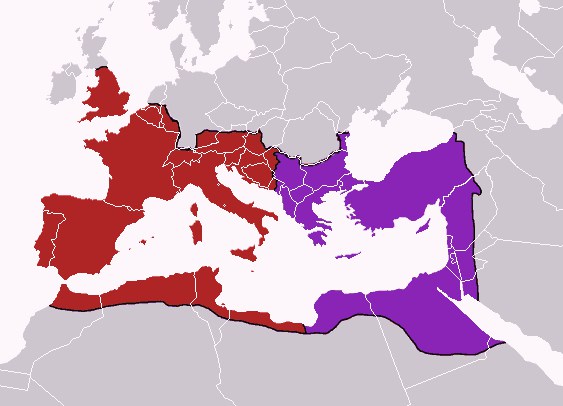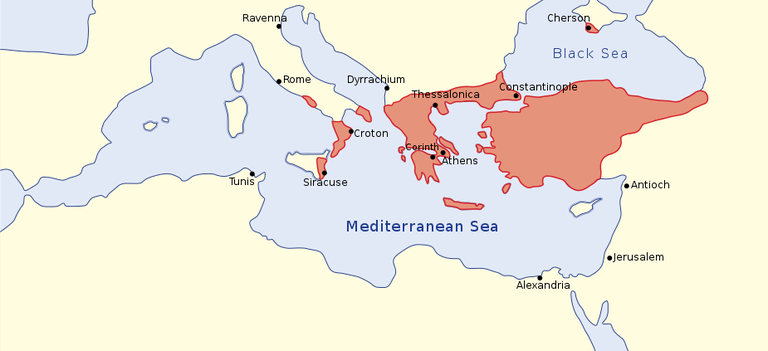 After each Minnesota Vikings game, head coach Mike Zimmer holds a press conference to discuss the details of the game and answer questions from the local and national press. Coach Zimmer is renowned for his plain-speaking, but this is actually a fantastically clever smokescreen — using what appear to be plain, ordinary, everyday words to encrypt his true meaning. This would normally leave the press and the fans lacking in wisdom and knowledge, but fortunately The Daily Norseman has an ace up their collective sleeve: they’ve got Ted Glover, 9th dan Black Belt in Zimmerology, to decrypt the essential truth and present it to us, the unwashed masses.
After each Minnesota Vikings game, head coach Mike Zimmer holds a press conference to discuss the details of the game and answer questions from the local and national press. Coach Zimmer is renowned for his plain-speaking, but this is actually a fantastically clever smokescreen — using what appear to be plain, ordinary, everyday words to encrypt his true meaning. This would normally leave the press and the fans lacking in wisdom and knowledge, but fortunately The Daily Norseman has an ace up their collective sleeve: they’ve got Ted Glover, 9th dan Black Belt in Zimmerology, to decrypt the essential truth and present it to us, the unwashed masses.
The Vikings warrior poet coach dispenses his words of wisdom
When a warrior poet heads out on the field of battle, he expects to win. But even the best of them fail, and come up short. When that happens, you retire, lick your wounds, and come out the next time, hungrier and more determined to win than ever.
But a stalemate…no one really expects those. A stalemate makes you feel like it was all for nothing. There was no glory in victory, there were no heroic last stands to the last man, no desperate, last ditch gambles that resulted in final victory that will cause other warrior poets to reverently speak of your deeds for all time. But there is some value in a stalemate, although it’s hard to understand at the time. You know you could have won, but you also realize you could have just as easily lost. Lessons are learned, plans are improved, and if you need to sacrifice someone to send a message, then by God that’s just what you’ll do.
Because you are Zim Tzu, The King In The North, Nightmare of Clan Fromage, Breaker Of Gold Fever, High Septon Of Eagan, Lord Commander Of The Iron Range And Twin Cities, Master Of Fortress TCO, Honorary Elder Of Mankato and Protector Of The Realm.
And when the Great Unwashed want to hear about how you won’t tolerate another stalemate, we swoop in as an intermediary* between you and them. We take what’s actually said, digest it,** then share the true meaning to the masses.***
* We should never be asked to be the go between for anyone over any dispute. Everyone would end up pissed, shots would be fired, and blood would probably be spilled.
** We do nothing of the sort. We completely make all of this up. Well, Zimmer actual press conference quotes are real. Nothing else is. Also you’re living in The Matrix.
*** There is about as much true meaning to this as there is in the image of Jesus in a piece of toast. With butter.






